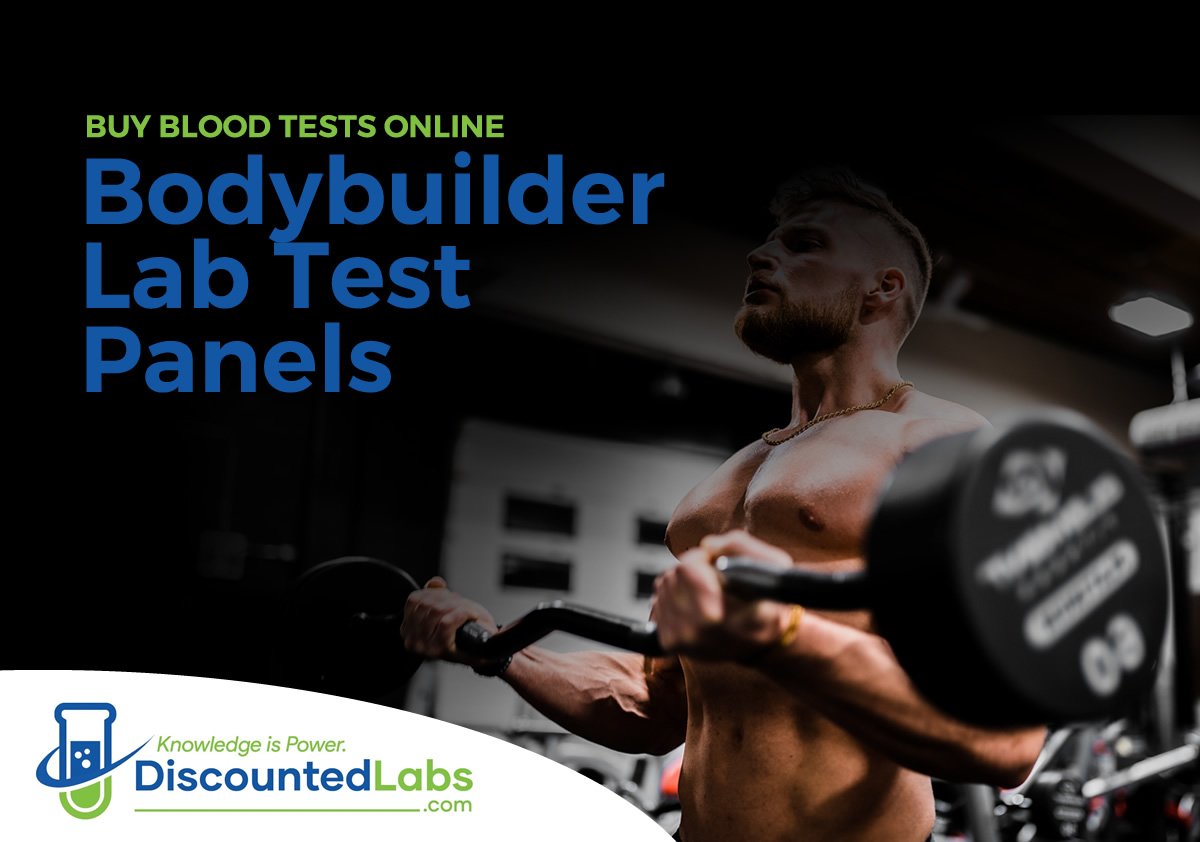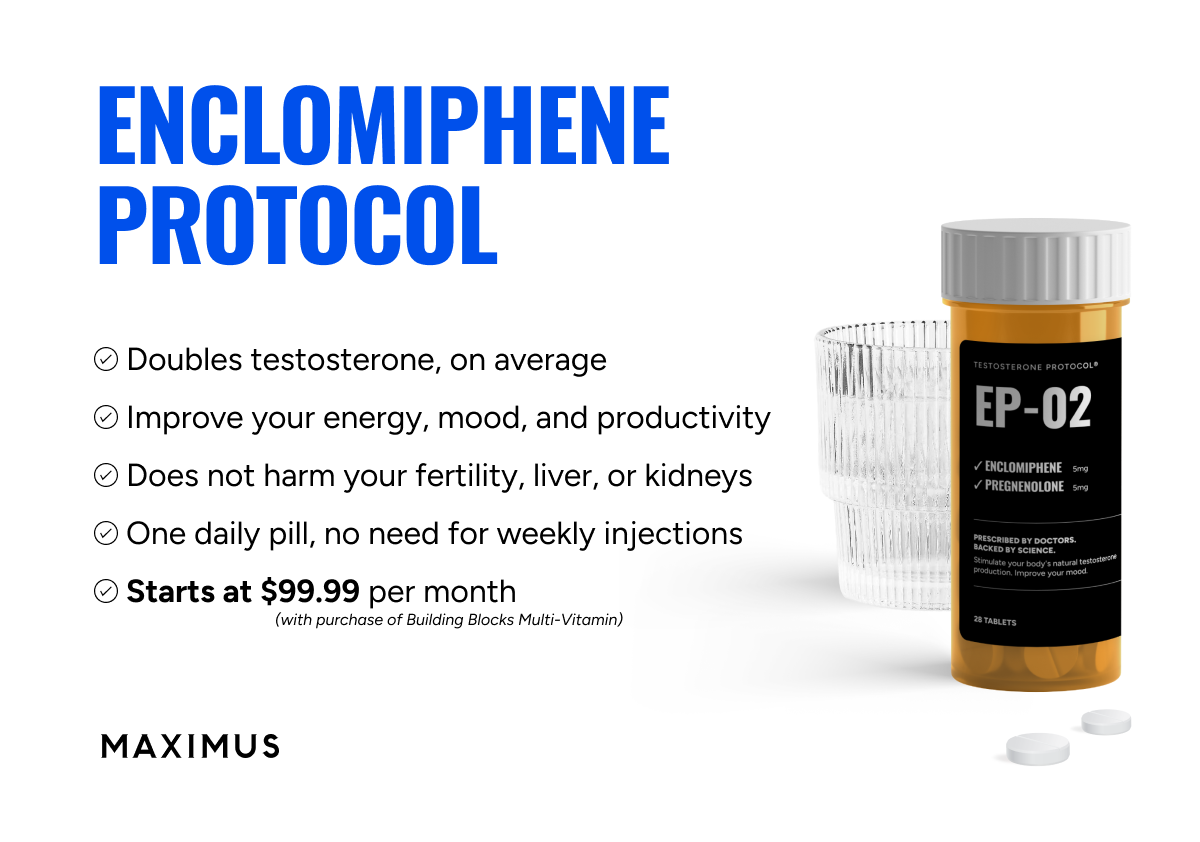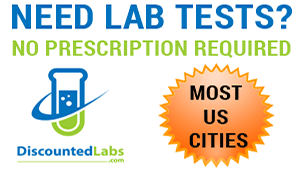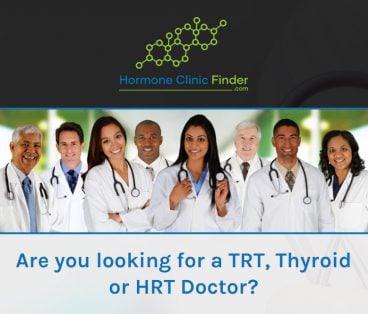madman
Super Moderator
Bone Structure: The Key Players Under the Magnifying Glass
Testosterone in men is mainly secreted by the gonads, with minor contributions from the adrenal cortex. Testosterone and DHT exert their effects through the androgen receptor (AR). Testosterone can be aromatized to bind estrogen receptors (ER and ER) (20, 21). AR and ERs are expressed on osteoblasts and osteocytes, though their presence in osteoclasts remains debated. In bone, ER and ER are both expressed in trabecular bone, with ER antagonizing ER, whereas cortical bone predominantly expresses ER (22) (Figure 1).
Animal models have revealed altered bone structure and mineralization in androgen-deficient or resistant mice (23,24). However, isolating the direct effects of sex steroids on bone in full knockout or gonadectomized models is challenging due to their indirect influence on muscle development, mechanical load, neural signaling, insulin-like growth factor-1 (IGF-1), and vitamin D (25). Selective osteoblast AR knockouts (ARKO) suggest that testosterone stimulates mineralizing osteoblasts, particularly during bone accrual (26). Its role in periosteal apposition mediated by mature AR deficient osteoblasts remains unclear. AR expression increases along the osteoblast-osteocyte lineage, and selective AR deletion in osteocytes minimally impacts trabecular maintenance (27). Trabecular number and thickness, which decline with age, show significant sex dimorphism (28), contributing to the greater fragility in women. Testosterone binding to osteoblast and osteocyte AR in adult mice highlights its role in preserving microarchitectural bone strength (27). While testosterone was thought to suppress osteoclast activity via AR signaling (29), selective osteoclast ARKO mice have yielded mixed results, necessitating further investigations (24,30). Developmental defects in congenital ARKO models may limit their generalizability, but pre- or post-pubertal inactivation of the AR unequivocally reduces adult cortical and trabecular bone mass (31)
Beyond testosterone, preclinical evidence indicates additional testicular factors influencing bone health. Insulin -like 3 (INSL-3), secreted by Leydig cells, appears to promote osteoblast differentiation, matrix deposition, osteoclastogenesis,2 and mineralization (32). Moreover, the testis expresses CYP2R1, a key enzyme in vitamin D activation, converting cholecalciferol to 25-hydroxyvitamin D (33). The bone-testis cross-talk is also reciprocal, as the osteocalcin from osteoblasts seems to influence testis development and Leydig cells steroidogenesis (34,35), albeit with some controversies (Figure 1).
* The “Lifelong Saga” of Sex Steroids on Bones
* Estrogens or Androgens? “The Bone Conundrum”
* Lessons from Male hypogonadism
* Testosterone Replacement Therapy: A “Bone of Contention”
* “Bones in Transition”: Insights from Gender-Affirming Therapies
Conclusion: getting down to the bone
Testosterone influences bone metabolism through complex molecular interactions, acting directly on bone cells while modulating key factors like IGF-1 and vitamin D. Its role evolves throughout life, driving bone density and microarchitecture during puberty and maintaining bone mass in adulthood. Testosterone acts directly, through its more active form, DHT, or via estradiol, produced after aromatization, which is crucial for bone health. This is evident in models of ER insensitivity, aromatase deficiency, cAIS, and therapies involving AIs or ADT plus estrogens. Binding protein levels, peripheral metabolism, and comorbidities affecting both gonadal and bone health further complicate the testosterone-bone axis.
Male hypogonadism, characterized by low testosterone levels, is a well-established risk factor for osteoporosis in men. However, many studies combine diverse severity and causes of hypogonadism, and occasionally include eugonadal men, resulting in significant heterogeneity. While TRT consistently improves BMD in truly hypogonadal men, its effect on fracture risk—a key indicator of bone fragility—remains unclear. Fracture risk assessment, particularly for asymptomatic fractures, is often overlooked, and robust evidence linking TRT to reduced fracture incidence is lacking. In conclusion, a deeper understanding of testosterone's role in bone health—spanning from molecular mechanisms to clinical outcomes—is essential for developing effective therapies to prevent and treat osteoporosis. Such advancements could reduce fracture incidence and improve skeletal health in men across the lifespan.
Testosterone in men is mainly secreted by the gonads, with minor contributions from the adrenal cortex. Testosterone and DHT exert their effects through the androgen receptor (AR). Testosterone can be aromatized to bind estrogen receptors (ER and ER) (20, 21). AR and ERs are expressed on osteoblasts and osteocytes, though their presence in osteoclasts remains debated. In bone, ER and ER are both expressed in trabecular bone, with ER antagonizing ER, whereas cortical bone predominantly expresses ER (22) (Figure 1).
Animal models have revealed altered bone structure and mineralization in androgen-deficient or resistant mice (23,24). However, isolating the direct effects of sex steroids on bone in full knockout or gonadectomized models is challenging due to their indirect influence on muscle development, mechanical load, neural signaling, insulin-like growth factor-1 (IGF-1), and vitamin D (25). Selective osteoblast AR knockouts (ARKO) suggest that testosterone stimulates mineralizing osteoblasts, particularly during bone accrual (26). Its role in periosteal apposition mediated by mature AR deficient osteoblasts remains unclear. AR expression increases along the osteoblast-osteocyte lineage, and selective AR deletion in osteocytes minimally impacts trabecular maintenance (27). Trabecular number and thickness, which decline with age, show significant sex dimorphism (28), contributing to the greater fragility in women. Testosterone binding to osteoblast and osteocyte AR in adult mice highlights its role in preserving microarchitectural bone strength (27). While testosterone was thought to suppress osteoclast activity via AR signaling (29), selective osteoclast ARKO mice have yielded mixed results, necessitating further investigations (24,30). Developmental defects in congenital ARKO models may limit their generalizability, but pre- or post-pubertal inactivation of the AR unequivocally reduces adult cortical and trabecular bone mass (31)
Beyond testosterone, preclinical evidence indicates additional testicular factors influencing bone health. Insulin -like 3 (INSL-3), secreted by Leydig cells, appears to promote osteoblast differentiation, matrix deposition, osteoclastogenesis,2 and mineralization (32). Moreover, the testis expresses CYP2R1, a key enzyme in vitamin D activation, converting cholecalciferol to 25-hydroxyvitamin D (33). The bone-testis cross-talk is also reciprocal, as the osteocalcin from osteoblasts seems to influence testis development and Leydig cells steroidogenesis (34,35), albeit with some controversies (Figure 1).
* The “Lifelong Saga” of Sex Steroids on Bones
* Estrogens or Androgens? “The Bone Conundrum”
* Lessons from Male hypogonadism
* Testosterone Replacement Therapy: A “Bone of Contention”
* “Bones in Transition”: Insights from Gender-Affirming Therapies
Conclusion: getting down to the bone
Testosterone influences bone metabolism through complex molecular interactions, acting directly on bone cells while modulating key factors like IGF-1 and vitamin D. Its role evolves throughout life, driving bone density and microarchitecture during puberty and maintaining bone mass in adulthood. Testosterone acts directly, through its more active form, DHT, or via estradiol, produced after aromatization, which is crucial for bone health. This is evident in models of ER insensitivity, aromatase deficiency, cAIS, and therapies involving AIs or ADT plus estrogens. Binding protein levels, peripheral metabolism, and comorbidities affecting both gonadal and bone health further complicate the testosterone-bone axis.
Male hypogonadism, characterized by low testosterone levels, is a well-established risk factor for osteoporosis in men. However, many studies combine diverse severity and causes of hypogonadism, and occasionally include eugonadal men, resulting in significant heterogeneity. While TRT consistently improves BMD in truly hypogonadal men, its effect on fracture risk—a key indicator of bone fragility—remains unclear. Fracture risk assessment, particularly for asymptomatic fractures, is often overlooked, and robust evidence linking TRT to reduced fracture incidence is lacking. In conclusion, a deeper understanding of testosterone's role in bone health—spanning from molecular mechanisms to clinical outcomes—is essential for developing effective therapies to prevent and treat osteoporosis. Such advancements could reduce fracture incidence and improve skeletal health in men across the lifespan.














